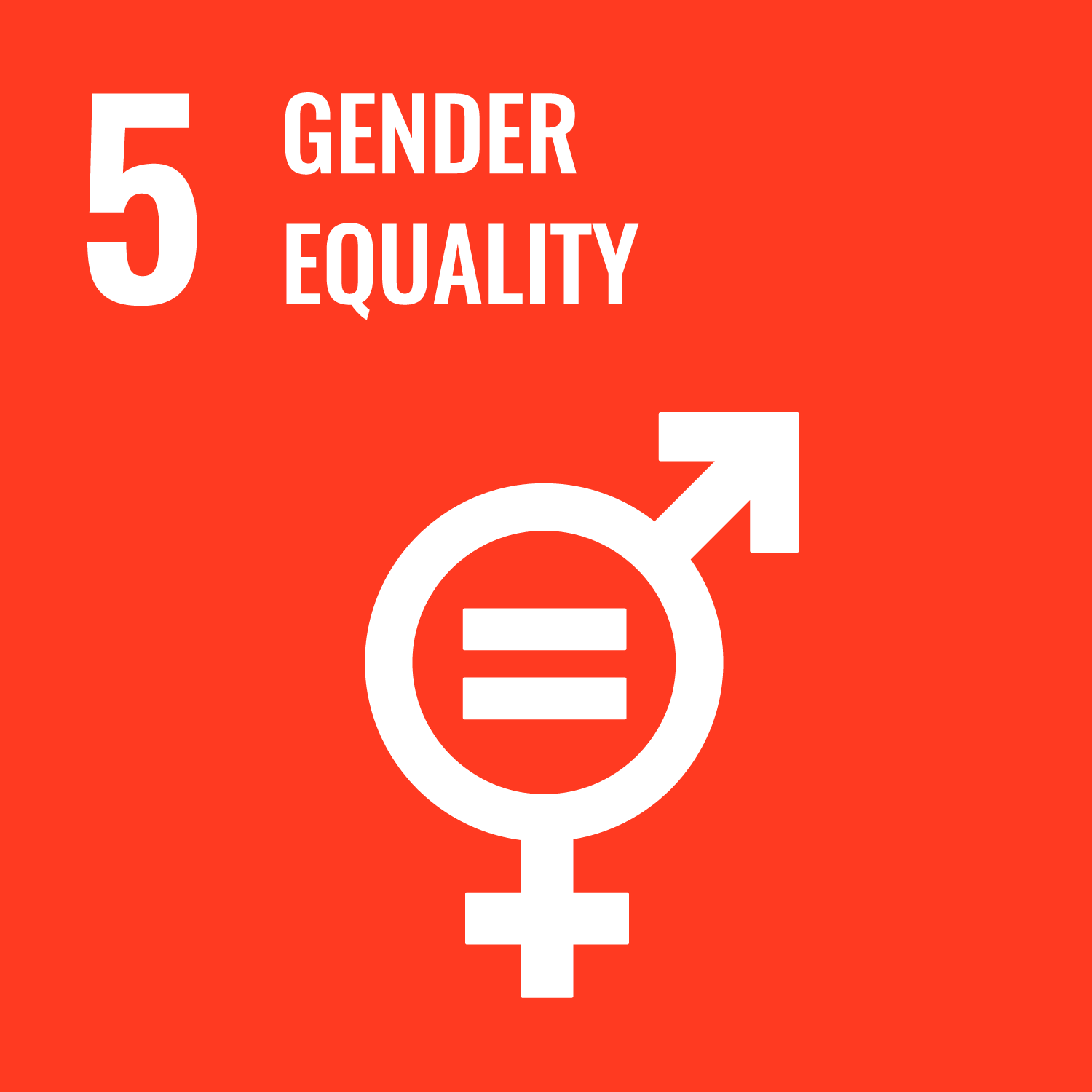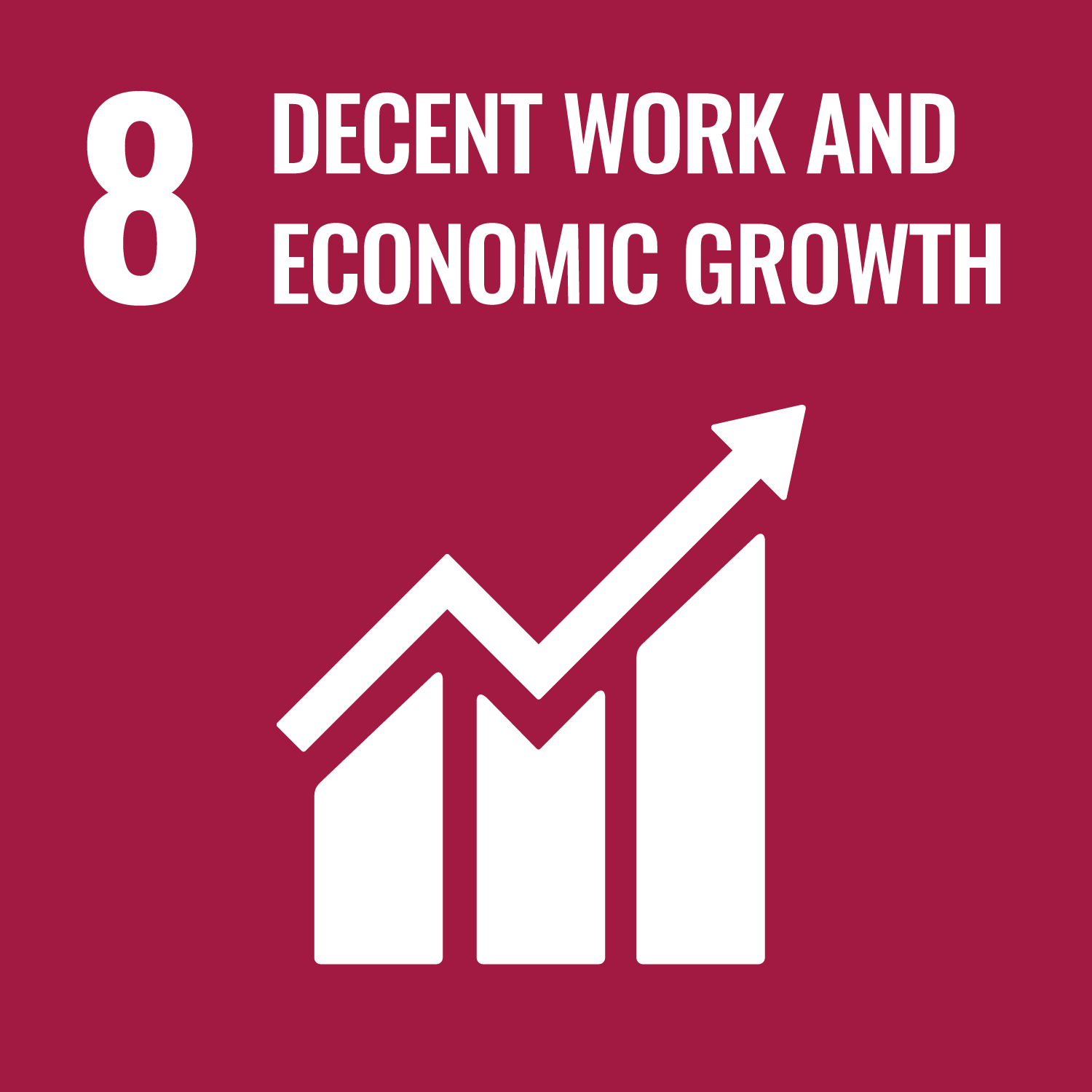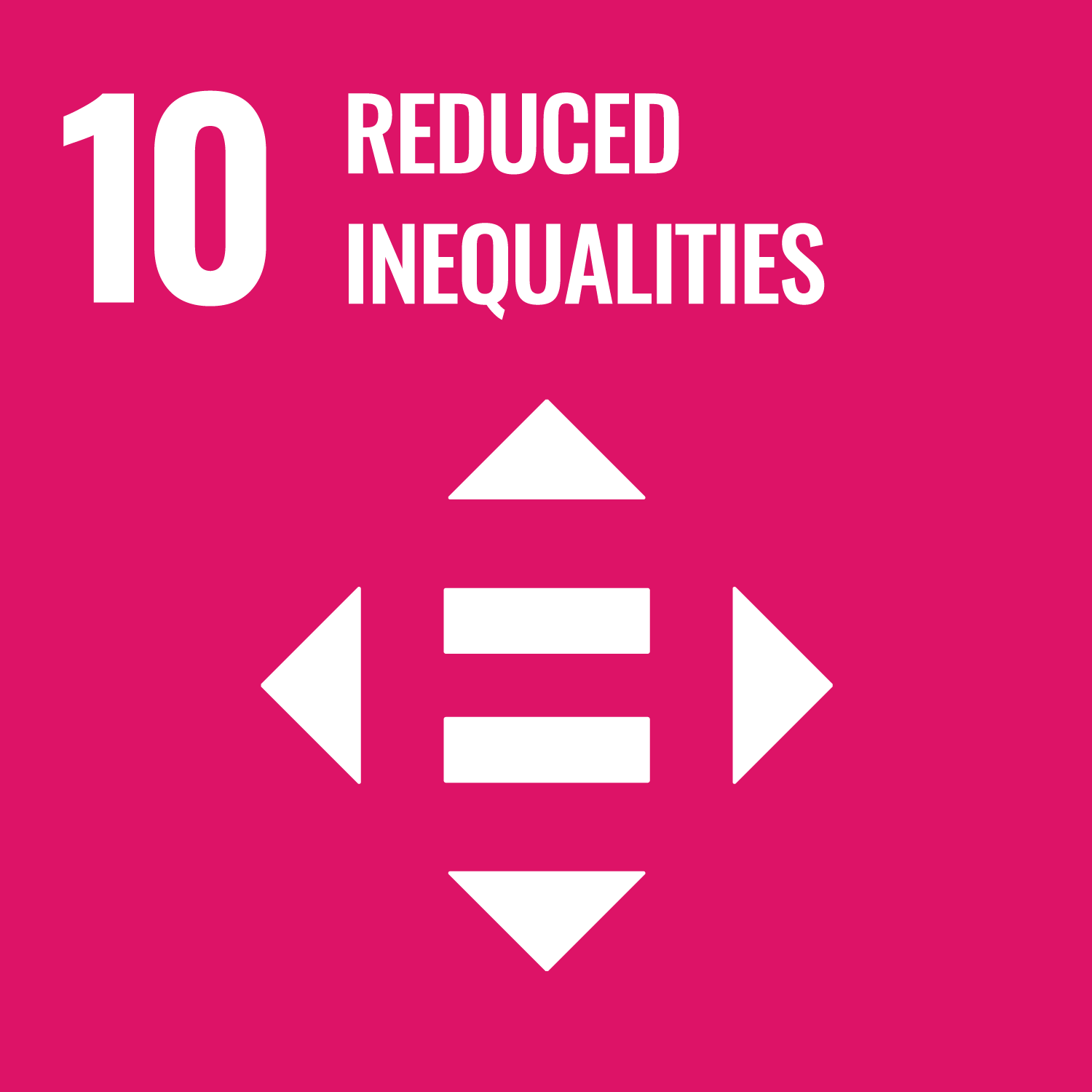- Beranda
- Tentang Kami
- Akademik
- Kemahasiswaan
- Riset
- Unit Layanan Fakultas
- LPPKM
- SDGs Initiatives


The Faculty of Public Health consistently measures the total volume of water used within the faculty that is taken from mains supply, which is the groundwater. To measure the total volume of water used, the Faculty of Public Health uses a water meter installed on water pumps at several points in the faculty area. The use of water in the faculty is mostly for toilets and watering plants.
The Faculty of Public Health always utilizes wastewater from air conditioning condensation water. The wastewater are collected in water reservoirs that can be found at 6 locations within the faculty. Each reservoir has a capacity of 1,000 liters that can be filled within 2-3 days. The water then will be used to clean the floor and water the plants by the cleaners. The Faculty of Public Health is also developing a storage management to collect rainwater which is currently still in the installation process up to 20-30%.
The Faculty of Public Health has several laboratories operating within the faculty area. Oftentimes, the laboratory produces wastewater from its activities that needs to be handled separately. To prevent wastewater from entering the water system, the Faculty of Public Health has done segregation for laboratory wastewater.
Laboratory wastewater that contains toxic and hazardous material is collected and handled separately from other wastewater. It is also grouped by types and characteristics of the wastewater, then it will be given symbols and labels on the container to help differentiate. The wastewater will be handed over to third parties for further treatment.
The Faculty of Public Health, Universitas Indonesia provides a free drinking water dispenser called Dispenser Air Siap Minum (Ready to Drink Water Dispenser). There are two dispensers that could be found within the faculty area, one in Lobby A and the other in Lobby G. The dispensers can be used for free by students, staff, and visitors.
The Faculty of Public Health always reuses water from air conditioning condensation water. The water is collected in water reservoirs that can be found at 6 locations within the faculty. Each reservoir has a capacity of 1,000 liters that can be filled within 2-3 days. The water then will be used to clean the floor and water the plants by the cleaners. In addition to that, the Faculty of Public Health is also developing a storage management to collect rainwater which is currently still in the installation process up to 20-30%.
The Faculty of Public Health consistently measures the total volume of water reused within the faculty that is taken from water reservoirs located at 6 points in the faculty area. Each water reservoir can collect up to 1,000 liters of water within 2-3 days. To measure the total volume of water reused, cleaners from the Faculty of Public Health use a specific water hose that has a water meter on it. That way, they can measure the total volume of water reused when they water the plants.
Water management education in the Faculty of Public Health is given in the form of lectures. There is one specific subject in the Faculty of Public Health that thoroughly explains water management education and it’s called the Water and Soil Pollution subject. Through this subject, students will be able to explain the interactive relationship between humans and the environment due to various harmful exposures through water and soil in the context of preventing health problems. Furthermore, students will learn how to identify sources and characteristics of clean water, explain simple water treatment, measure and analyze physical, chemical, and biological quality parameters in water media, as well as plan clean water supply programs.
In addition to that, there’s also a subject called Environmental Health Risk Analysis. Through this subject, students will be asked to collect water samples from houses nearby the garbage disposal facility in Depok City which will then be analyzed in the Laboratory. Results from the analysis will be shown to the local communities to inform them about potential health risks due to their daily usage of contaminated water from the garbage disposal facility.
The Faculty of Public Health actively promotes conscious water usage on campus. This action can be seen through provision of water-saving equipment in almost every building within the faculty, such as Ecowashers in toilets in every building, automatic faucets on sinks, automatic faucets for watering plants (using a timer) and ecowashers on urinals. Promotions are continuously carried out by attaching water-saving stickers and several posters in the toilet, pantry, and canteens.
Sustainable water extraction on campus are done in two ways:
1. Biopore: To minimize the risk of waterlogging, the absorption of soil to water is increased by making biopore scattered throughout the faculty. There are 30 rainwater infiltration holes available in the garden area around the faculty and around the biopore there is a tub (in the ground) to collect rainwater. In addition to the biopore made by the faculty, there is one biopore hole made by the research team of the Department of Environmental Health which has dual functions; as water absorption and as waste biopore to make compost from leaf waste. The activation of the waste biopore has dual functions as well; as a water absorption hole and a place to convert organic waste into compost which can reduce greenhouse emissions such as carbon dioxide and methane. Activation of biopore waste holes at the faculty scale can help eliminate piles of organic waste, especially food waste from the canteen and leaves. Harvesting of compost from the biopore hole can be done after 1-2 months after the biopore hole is filled with organic waste.
2. Rainwater storage. The rainwater collected in the infiltration hole is used again for watering the plants.
To tackle water security issues, the Department of Environmental Health from the Faculty of Public Health often cooperates with local, regional, national, or global governments on water security. In 2021, the Department of Environmental Health cooperated with the Directorate of Environmental Health from the Ministry of Health to identify quality of drinking water using specific parameters specifically for agricultural, mining, urban, industrial, and islan schemes.


















